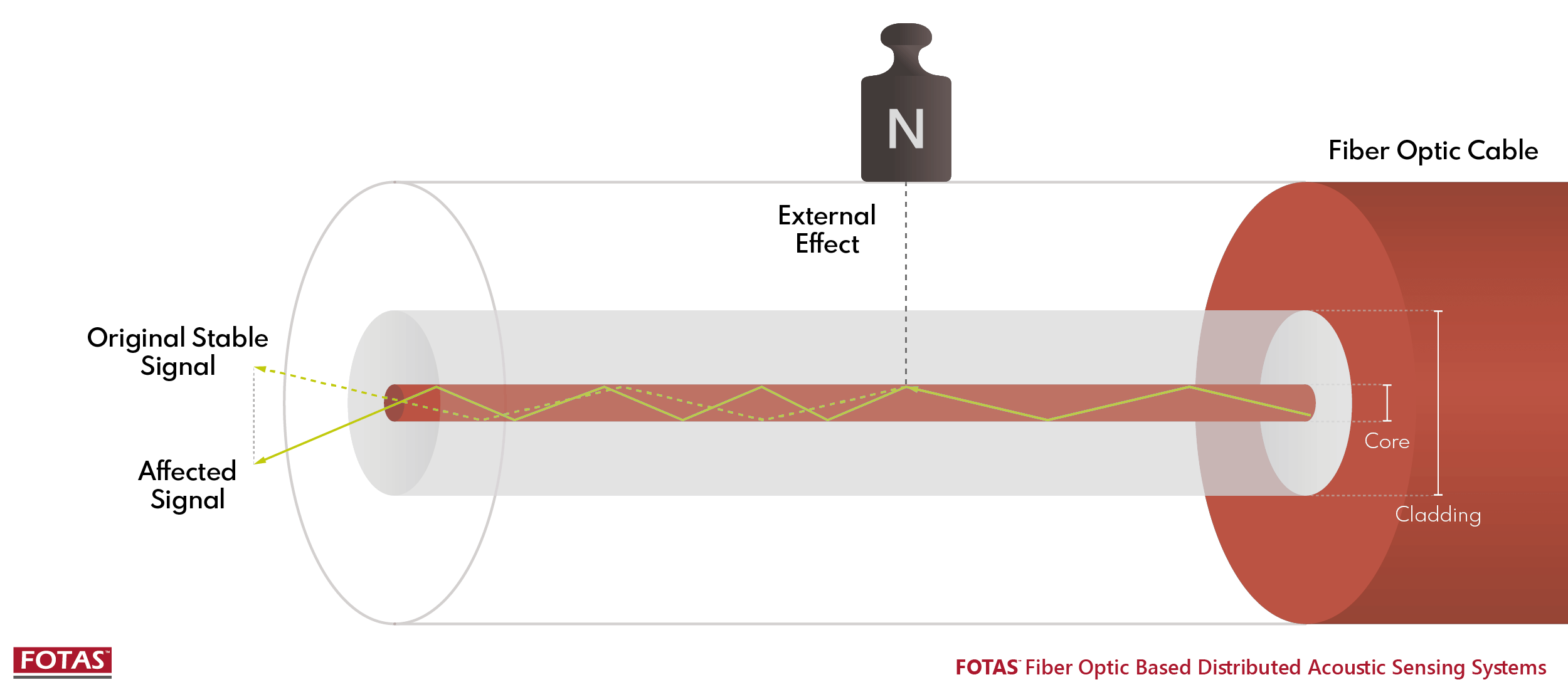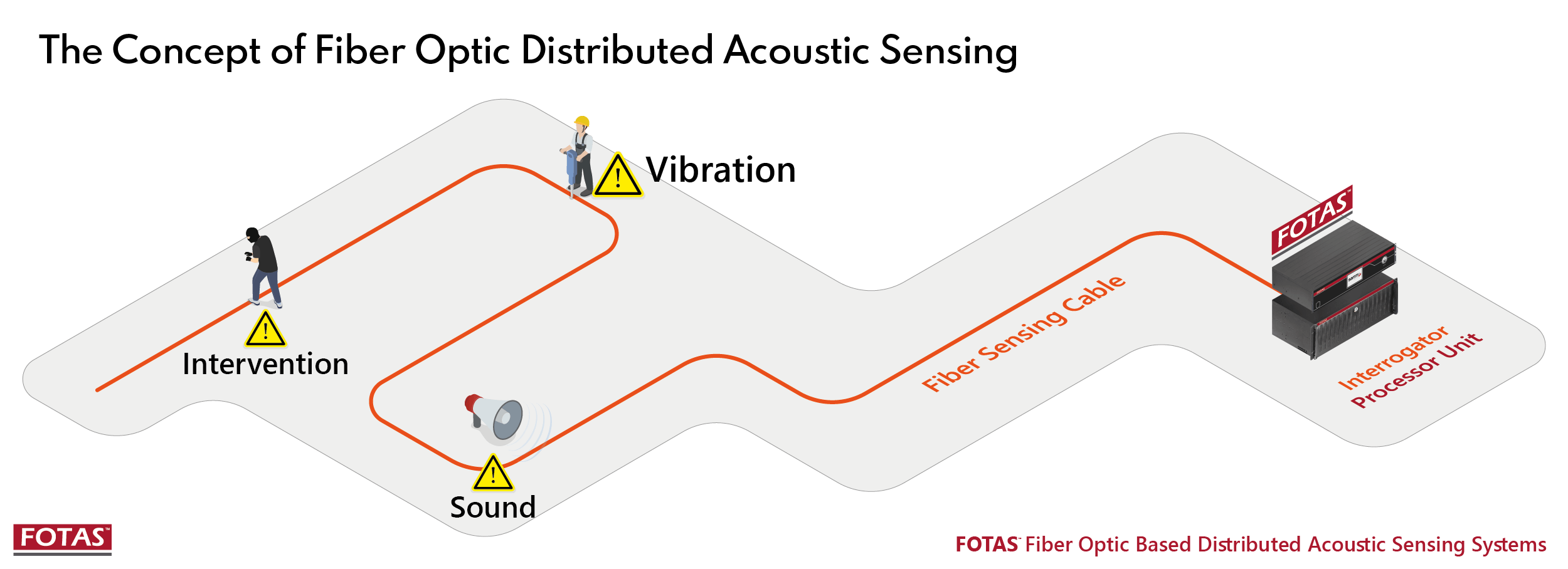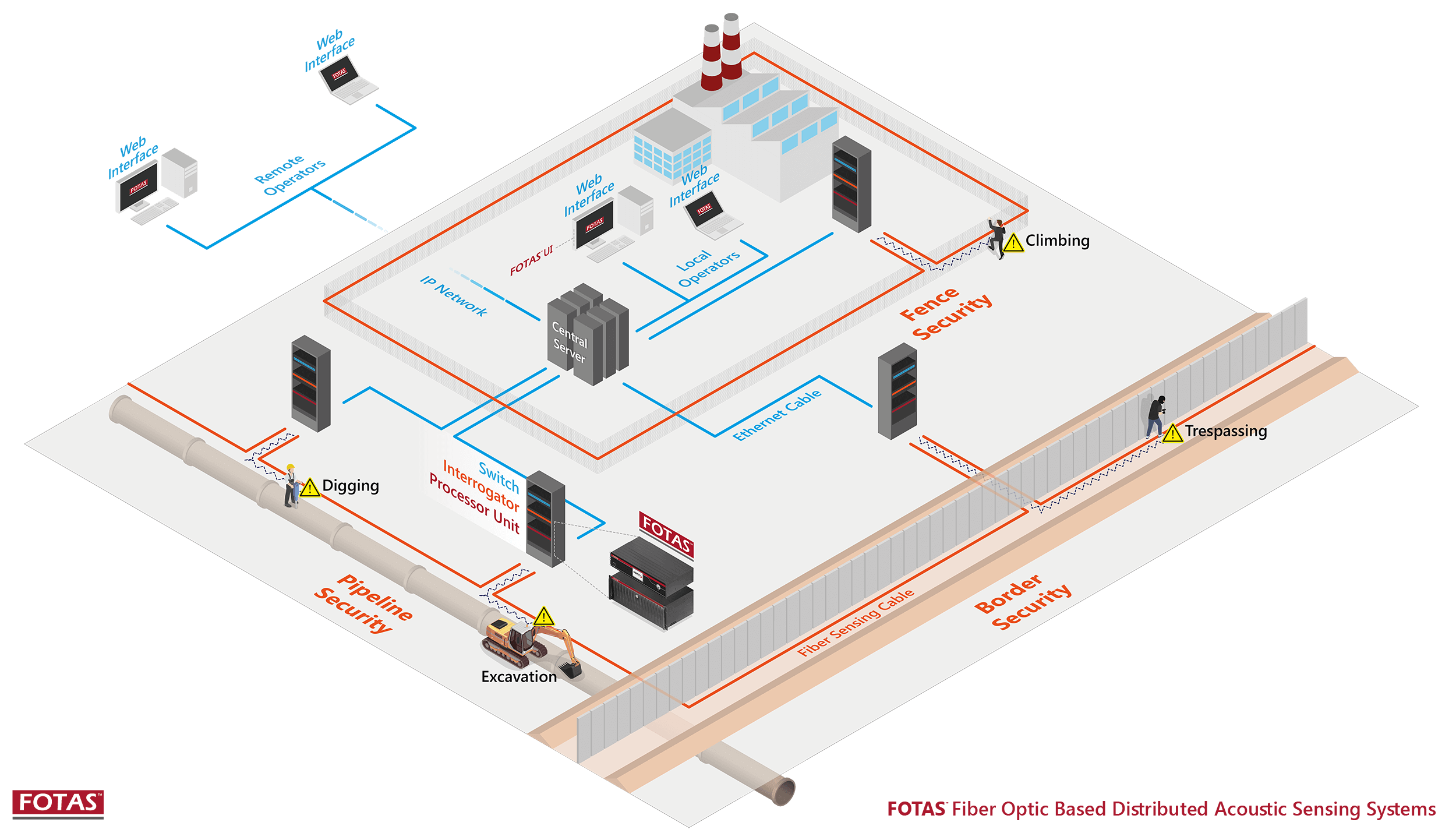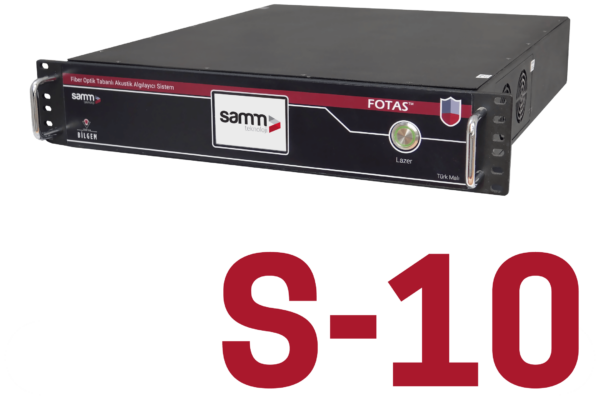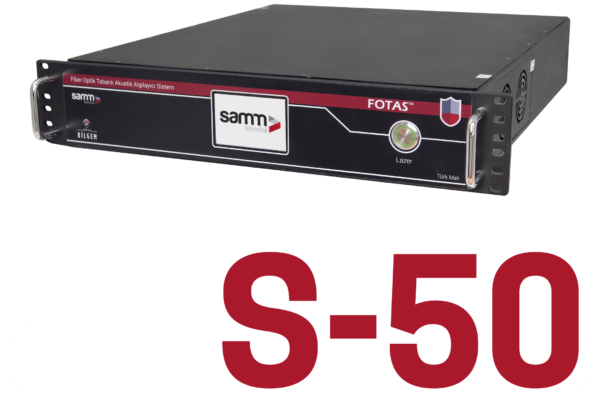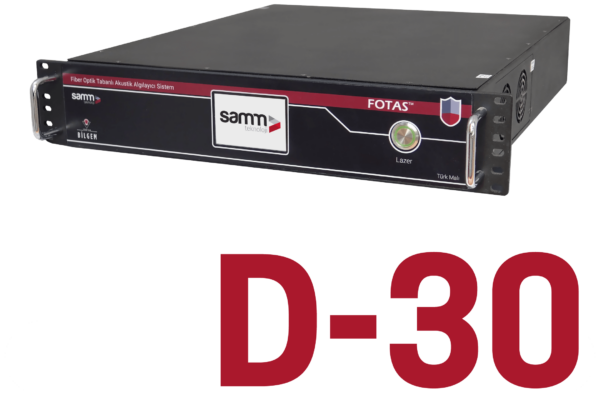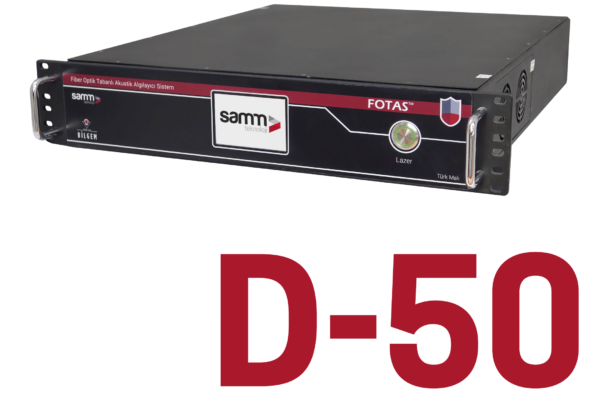DAS Operational Mechanism
A DAS unit initiates the process by emitting a brief pulse of laser light along the optical fiber. This light encounters minute variations in refractive index, preset during manufacturing, prompting a portion of it to be reflected back towards the source through Rayleigh backscatter or controlled reflection methods like Fiber Bragg Gratings. Any sound waves or vibrations traversing through the glass modify this backscatter pattern, indicating activity at specific points. These alterations can then be interpreted to discern vibrational characteristics or audibly analyzed.
DAS Versatile Applications
DAS finds application across various linear assets such as pipelines, roads, railway tracks, borders, and fences. Employing tailored algorithms, it enables the monitoring, tracking, and detection of diverse activities and events along these assets, including vehicle and human traffic, excavation, or tunneling. Moreover, it serves as a valuable tool for asset condition monitoring, facilitating the detection of incidents like pipeline leaks or damaged rails, among others.




